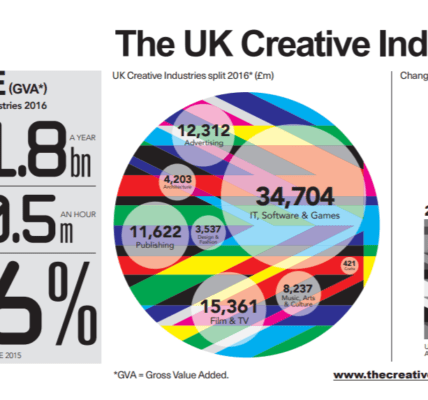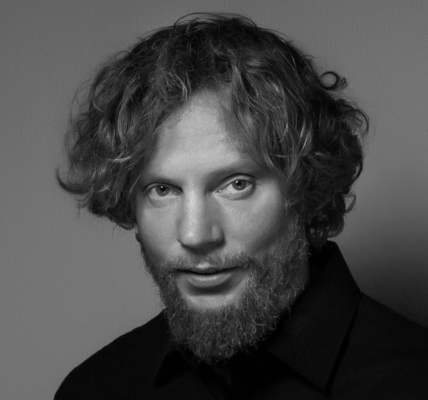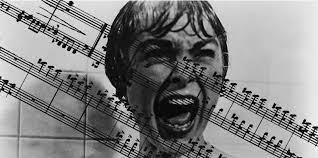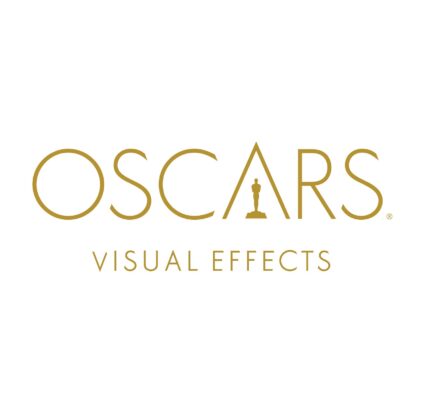Mind The Gap – How digital technology is polarising filmmaking. – |
In movieScope #17, industry analyst Michael Gubbins examined the impact of digital technology on filmmaking and post-production.
The producer of a low-budget film, which has enjoyed major success at a couple of the hipper international festivals, sounded deflated. She felt that she was being typecast as a low-budget filmmaker, rather than as a filmmaker making her way up the ladder with low budgets.
The distinction is an important one. The finance for a project used to be, in most cases, a reflection of experience. Lack of money was an important stage of career progression, instilling a sense of value and discipline. What it wasn’t meant to be was an end point. Yet with the industry still polarising between mega-blockbusters at one end and ultra low-cost DIY work at the other, the traditional space for development seems to be in trouble.
Of course, there is an attractive punk sensibility around micro-budget film; a democratisation of filmmaking in an industry where processes are necessarily confined to a small elite. Our producer friend is a believer in this change, but what she wants to produce is work that embraces the kind of quality that inspired her to enter the industry in the first place. What she means by that is cinema as a rich visual experience. For her, film has rightly focused on story and new means to engage audiences in recent years, but too much at the expense of the look and feel. For example, much of the output of the explosion in documentary film, for all its strength of purpose, has been guilty of a lack of understanding that they are working in a visual, not verbal, medium. But quality costs.
35mm remains a thing of beauty, and it is not only purists who see a loss of texture in even the best digital formats. However, it’s expensive, and is a format reaching the end of its commercial shelf life. The speed of that decline will dramatically increase over the next two to five years as D-cinema accelerates; which it will, because studio economics has now shifted decisively and irreversibly to digital change, not least because of 3D.
Putting aside the 35mm option, working at the high end in digital does not really offer the kind of savings that might be expected. That’s partly because the big savings are never made in a hybrid period, where physical and digital formats are both in play. It is also the case that there is a tendency to shoot more footage on digital compared to 35mm, where every take is a calculable expense.
But for the long term, our producer potentially faces a starker industrial problem. The truth is that her desire for quality means working with professionals who are expert in specific areas of business. Yet polarisation in production is also reflected in the professional services; post-production and facilities, for example, will be concentrated around fewer but bigger movies: 3D, blockbuster TV etc.
The explosion of DIY eats away at the already thin margins of these companies, which might once have had services for the full range of budgets. The smaller specialists are increasingly diversifying into other areas of business, which means that quality film will have to begin at home, supported by innovations from the digital equipment manufacturers. The future for the lower-budget sector aiming for quality may lie in greater collaboration between filmmakers, and more public support for training. But it is difficult to see the gap between the great and the small becoming more of a gulf.
The consolation for the hopeful filmmaker is that no one can be sure where the industry is heading, or how a demand-driven market will shift the economics of quality.














